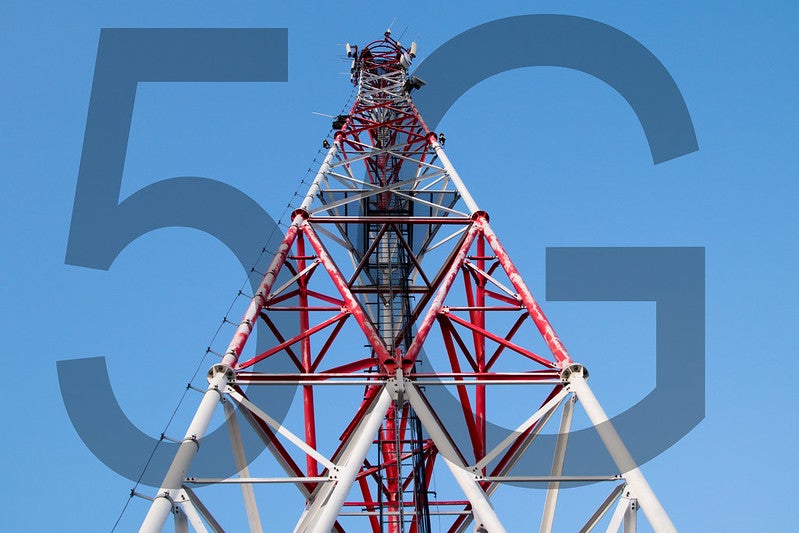
The US Department of Defense (DoD) has started 5G dynamic spectrum sharing experimentations at Hill Air Force Base (AFB).
A private 5G cellular network has been successfully deployed at the US Air Force (USAF) base in Utah.
The cellular network project is led by the Office of the Undersecretary of Defense for Research and Engineering (OUSD(R&E)). It is managed by the US Air Force Research Laboratory (AFRL).
OUSD (R&E) 5G Tranche Prototyping and Experimentation director Deb Stanislawski said: “Electromagnetic spectrum is a highly scarce resource relative to demand and US commercial operators lag in access to highly desired mid-band, or 3GHz-4GHz.
“We must figure out how to share this band if we are to unleash a new wave of network innovation and break the global dependency on compromised 5G networks sold by state-subsidised, antagonistic peer competitors.
“These experiments are designed to rally both the department and our industrial base to win at 5G and beyond.”
How well do you really know your competitors?
Access the most comprehensive Company Profiles on the market, powered by GlobalData. Save hours of research. Gain competitive edge.

Thank you!
Your download email will arrive shortly
Not ready to buy yet? Download a free sample
We are confident about the unique quality of our Company Profiles. However, we want you to make the most beneficial decision for your business, so we offer a free sample that you can download by submitting the below form
By GlobalDataThe DoD has awarded contracts, worth a combined $173m, for this effort. A total of 12 vendors will work on the project for 39 months.
Focusing on 5G testbeds, applications, and network enhancements, the effort seeks to build spectrum co-existence system (SCS) solutions between Hill AFB’s private 5G network and airborne radars.
Dynamic spectrum sharing experiments will initially be conducted between 5G technologies operating in the 3.3GHz-3.45GHz band and airborne radars.
OUSD (R&E) 5G Beyond 5G Thrust director Sumit Roy said: “These experiments illuminate the technology front on a very challenging spectrum sharing problem – how to share the limited spectrum between highly sensitive DoD assets and commercial networks.
“In particular, airborne system dynamics coupled with potential information asymmetries. Solutions to such DoD inspired scenarios, that lie significantly beyond current 5G commercial network deployments operating on exclusively licensed spectrum, promise to usher in the long-awaited era of automated, dynamic sharing.”



